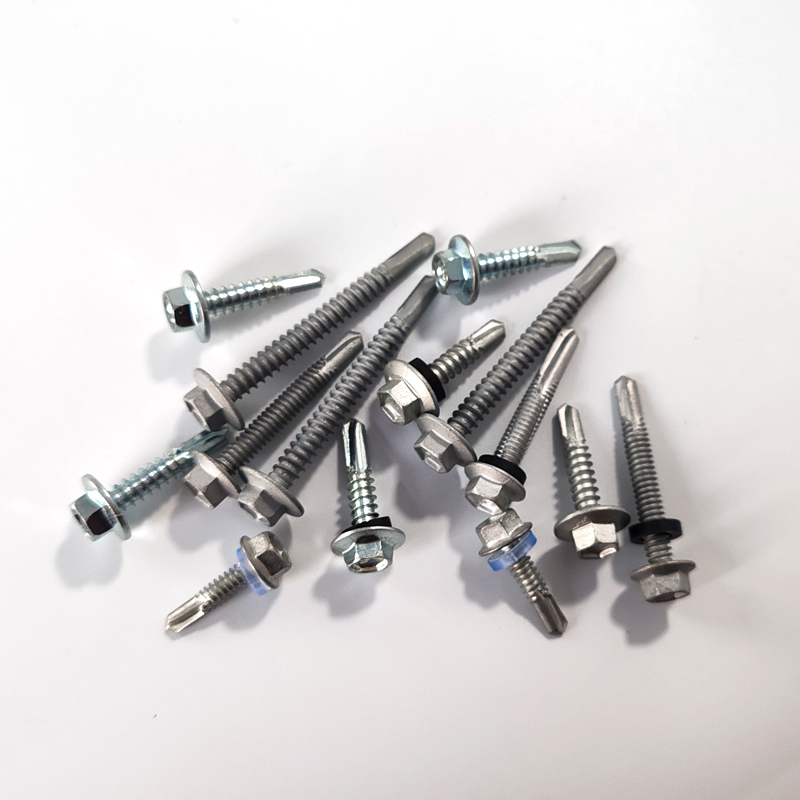Exploring the Benefits and Uses of M12 Chemical Anchors in Construction
Understanding M12 Chemical Anchors A Comprehensive Guide
Chemical anchors, also known as adhesive anchors, are widely utilized in the construction and engineering sectors for securing various substrates and structures. Among the range of chemical anchors, the M12 chemical anchor has gained significant attention for its strength, reliability, and versatility. This article delves into the specifications, advantages, applications, and installation procedures of M12 chemical anchors.
What is an M12 Chemical Anchor?
The designation M12 refers to the metric thread size of the anchor, which has a diameter of 12 millimeters. Typically composed of high-strength materials, such as stainless steel or carbon steel, the M12 chemical anchor consists of a threaded bolt inserted into a pre-drilled hole filled with a specialized adhesive or resin. This adhesive cures to form a robust bond with the surrounding material, ensuring secure anchorage even under heavy loads.
Advantages of M12 Chemical Anchors
1. High Load Capacity M12 chemical anchors are designed to withstand substantial loads, making them ideal for heavy-duty applications. The bond created with the surrounding substrate is typically stronger than the anchor itself, facilitating reliable performance in structural applications.
2. Corrosion Resistance When utilizing stainless steel variants, M12 chemical anchors exhibit excellent resistance to corrosion, making them suitable for outdoor and harsh environments. This is particularly important in areas exposed to moisture, chemicals, or extreme weather conditions.
3. Versatility M12 chemical anchors can be employed in various substrates, including concrete, brick, and masonry. This versatility allows engineers and construction professionals to utilize them in a wide array of projects.
4. Minimal Expansion Pressure Unlike mechanical anchors that can exert significant expansion pressure on surrounding materials, M12 chemical anchors rely on adhesive. This results in a lower risk of cracking or damaging delicate substrates.
5. Ease of Installation Installation of M12 chemical anchors is relatively straightforward. After drilling the appropriate hole, the anchor is inserted into the resin-filled cavity, which simplifies the anchoring process and eliminates the need for special equipment.
Applications of M12 Chemical Anchors
M12 chemical anchors find applications in a variety of construction and infrastructure projects, including
- Structural Connections Commonly used for attaching beams, columns, and brackets to concrete structures, ensuring stability and integrity in building frameworks.
- Facades and Cladding M12 anchors provide secure attachment points for decorative facades, cladding systems, and signage, enhancing both aesthetic appeal and structural support.
m12 chemical anchors

- High-Load Equipment These anchors are ideal for securing heavy machinery, equipment, and shelving units, common in warehouses and industrial settings.
- Restoration Projects M12 chemical anchors can be instrumental in enhancing the longevity of historic buildings by providing additional support without compromising their structural integrity
.Installation Procedure
Proper installation is pivotal to harnessing the full potential of M12 chemical anchors. Here is a step-by-step guide
1. Preparation Ensure that the working area is clean and free from dust, debris, and grease.
2. Drilling Use a hammer drill to create a hole in the substrate that matches the required depth and diameter for the M12 anchor.
3. Hole Cleaning After drilling, clean the hole using compressed air or a wire brush to remove any dust and particles that could impede the adhesive bonding.
4. Adhesive Injection Inject the adhesive or resin into the hole. Ensure that you fill the hole adequately to allow for proper bonding.
5. Anchor Insertion Immediately insert the M12 anchor bolt into the filled hole, ensuring it is properly positioned.
6. Curing Time Allow the adhesive to cure for the manufacturer-recommended time to ensure a strong bond before applying loads.
7. Final Checks Once cured, perform a visual inspection to ensure proper installation and alignment.
Conclusion
M12 chemical anchors stand out as a reliable and efficient solution for a multitude of anchoring applications in construction and engineering. With their high load capacity, corrosion resistance, and ease of installation, they are indispensable tools for developers, contractors, and engineers alike. By understanding their specifications and proper installation methods, professionals can ensure the longevity and safety of their projects. Whether in structural connections or restoration efforts, M12 chemical anchors provide the strength and reliability that modern construction demands.
-
Weatherproof Plastic Expansion Anchors for OutdoorNewsJun.06,2025
-
Sustainability in the Supply Chain: Eco-Friendly TEK Screws ProductionNewsJun.06,2025
-
Load-Bearing Capacity of External Insulation FixingsNewsJun.06,2025
-
Double Head Bolts: Enhancing Efficiency in Industrial MachineryNewsJun.06,2025
-
Corrosion Resistance in Chipboard Screws: Coatings for Wholesale DurabilityNewsJun.06,2025
-
Butterfly Toggle Bolts : Enhancing Structural ResilienceNewsJun.06,2025
